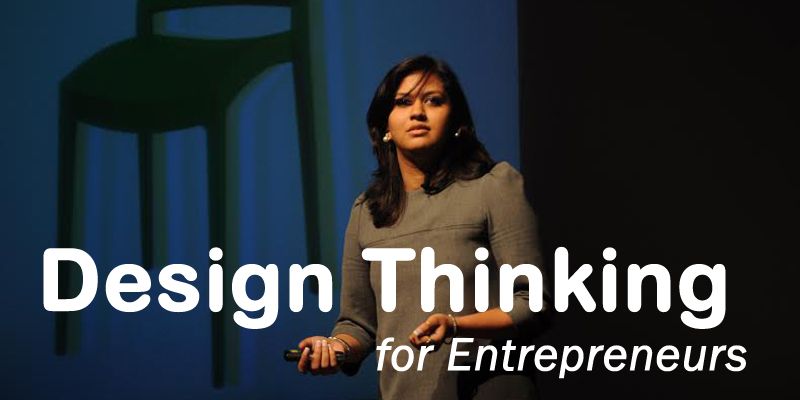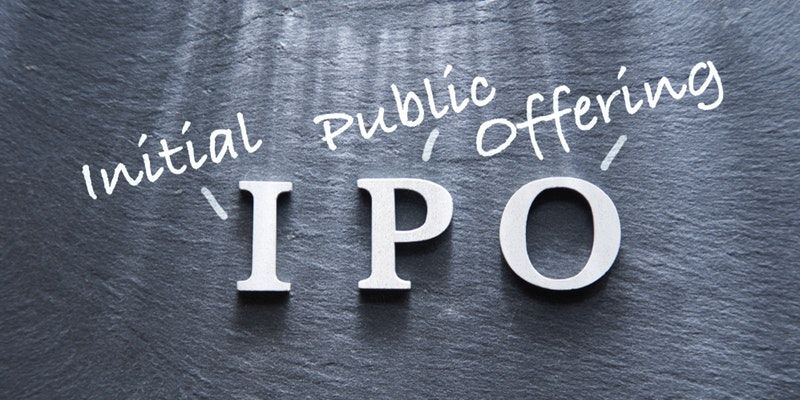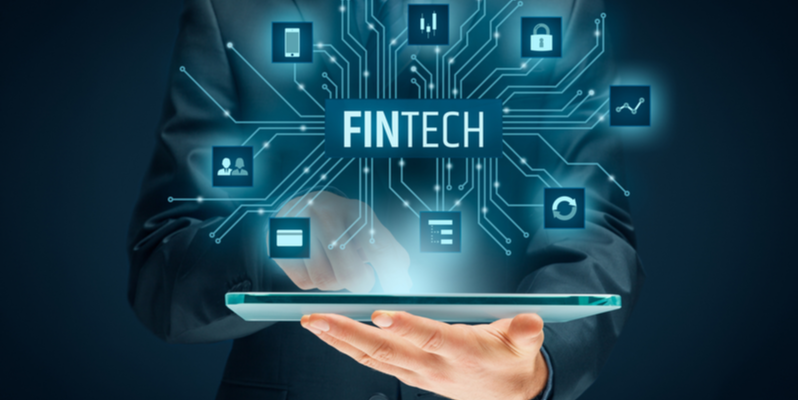How to boost your Innovation and stand out from the competition
Before we start to talk about design thinking it’s important to understand what design is. Design is not just about aesthetics, form, typography, ergonomics etc it is about intention and realizing that intention. It’s about wanting to do something and then figuring out how to do it. It’s a huge word in itself.
Many of the best examples of design are things people don’t think are designed at all. From the moment we wake up everything that fills our world has been designed in one way or another. Do we ever think about a pen until and unless we have held a badly designed one? All the disciplines from architecture to jewelry is informed and influenced by design. So what is design thinking?
Design thinking is a problem-solving mindset. It began with what Roger Martin called integrative thinking in his book, ‘The Opposable Mind’. Integrative thinking is the ability to exploit opposing ideas and opposing constraints to create new solutions. In the case of design that means balancing human desirability, technological feasibility and economic viability -- a framework put together by Tim Brown in his book, ‘Change by Design’.
Design incorporates three main components – being user centric, collaborative and experimental. To achieve all the three one has to encourage maximum participation during ideation, eliminate fear of failure and think out of the box.

What is the design process?
There are various methodologies that exist. I define them as the 3 I’s – Immerse, Invent and Implement.
Immerse stands for indulging in the environment to capture information by doing a need assessment and mapping the information collected. Invent stands for defining the problem statement based on evidences observed, and generating potential solutions. Implement stands for building working solutions to get feedback to evaluate them before implementation. In order to follow this process one has to keep the user in the center and apply empathy (step into user’s shoes) and observation techniques to get the right insights.
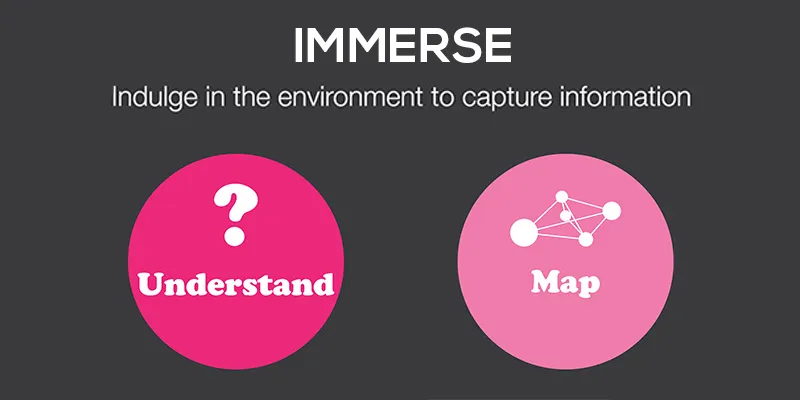
When we start with the process of design thinking, the first phase is Immerse. Immerse has two steps -- Understand and Map. In this phase you empathize, research, talk to experts and map to understand who we are designing for. We can’t solve problems for everyone so it’s vital that you define your stakeholders and build a user profile by concentrating on the ‘WHO’.
1. Who is the user?
2. Do you have more than one user group? Build your demographic group.
3. Are there commonalities between your user groups? Do those commonalities matter? Does this affect/challenge your service?
4. What part of this user profile information matters to your service/challenge/product? After narrowing the lenses of your profile and gaining a clear picture of the user profile, define the challenge you are trying to solve.
After framing the challenge build an empathy map to compare how the user thinks, feels and behaves in relationship to the challenge. This helps to understand the value and the nature of relations between people, between people and things, between people and organizations, and between people and service. Verify your assumptions by doing a community needs assessment and get feedback. Map all the info received.
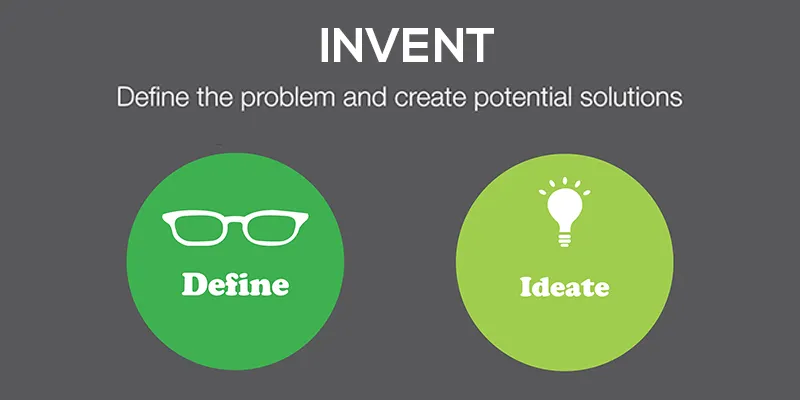
Now we ready for phase 2, which is Invent, and has two steps – Define and Ideate. In this phase we reframe the problem statement after understanding the ecosystem that influences the challenge and the user from the methods and inferences gathered in the Immerse phase.
Draw out patterns and do a journey map for the user to understand his pain points to define the point of view. Understanding the user, his needs followed by drawing Insights to influence the Ideation process, derive points of view. Ideation is what we all love and cannot wait to jump into. The goal of this step is to diverge and come up with any and all possible solutions to the challenge. One can use various methods like brainstorming, cross pollination, tell me stranger and forced connections morphology, etc. This can be followed by converging into few ideas which can be conceptualized keeping the functional and human factor requirements that influence the solution.
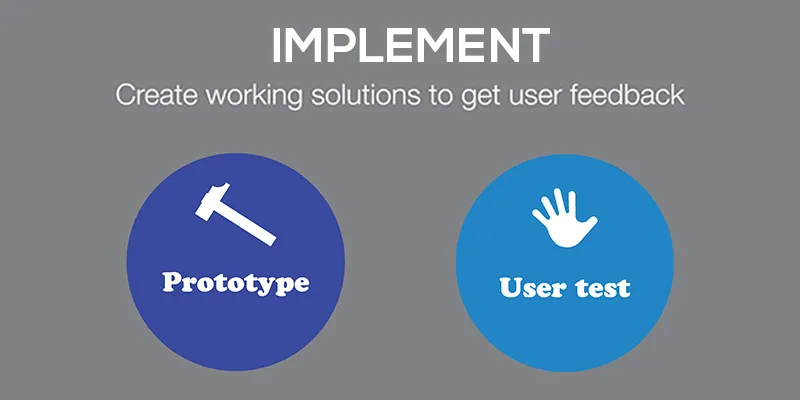
Post convergence of ideas leads to the next phase of Implement, which has two steps – Prototype and User Test. The word prototype is used for mock-ups, functional solutions, etc. but for me what prototype means is building or creating anything that you can receive feedback on. It can be a flowchart, a rough map, a scribbled business model or a miniature form of the final solution. Prototypes lead the way to the User Test. It helps us fail early and learn faster from our users and various other stakeholders who will be interacting with the solution. It’s one of the most critical steps in the design process in order to get valuable feedback.
It sounds fairly easy to ask for feedback but it is vital to ask the right questions and interact appropriately with users. We all know people could lie, it is important to read between the lines during the feedback session and understand what the user might not even accept or suggest. Remember what Henry Ford once said? “If I asked my customers what they wanted, they would have asked for faster horses.”
After reaching a goal don’t forget to look back to determine how far you have traveled and judge the value of the journey. We can keep revisiting the Immerse, Invent and Implement phase, as this methodology does not necessarily follow the linear process.
It is a journey to train oneself from being a designer to a design thinker but this process does not confine itself only in the realm of design. Even an entrepreneur or an engineer can train himself with design thinking techniques.
Budding innovators and social entrepreneurs need a way to create a point of view (define the problem statement) because most of the times they have a solution in mind but have not studied the ecosystem of the user, environment and various other stakeholders who are a part of it along with the overarching perspective of desirability, feasibility and viability.
It’s all about having a holistic approach to understand the eco system and not concentrate only on making incremental inputs to generate solutions. There are lots of frameworks available to train oneself in this process. One of the books I can suggest as a soft guide to creativity and rethink the way you think is ‘The Universal Traveler’ by Don Koberg and Jim Bagnall.
Design process can have a major impact on culture of any startup in any sector. It can help entrepreneurs step out of the box and learn from failures early on in return saving time, money and effort. In a startup we all try to step out of our job descriptions and do a lot more to make an idea work. Following the design process helps everyone to have a similar foundation to understand his or her users. Who they are doing it for, why they are doing it and how they should do it to make maximum impact to the target audience.
The core of design thinking methodology is empathy and observation. As we become more aware and dive into this process it also starts to reflect on our behavior, which in turn solves team dynamics and managerial issues. For example, the key tool in this process is brainstorming and has one of the rules which is defer judgment, initiating all team members to be on the same platform while ideating.
Design thinking is user-centric; it’s about understanding needs and motivations. It’s collaborative and requires conversations, critic and team work. It is experimental as it creates a space to try something new. It gives you the permission to unlearn, fail and to make mistakes and come up with new ideas.
We all have the opportunity with the generation we are in, equipped with a variety of tools in our pockets and access to the world on the click of a button to explore new possibilities, new ideas, new rituals and solutions. Using the process of design thinking we can make a much larger impact in the world rather than mere incremental inputs. Design thinking incubates hope.

About the authorHoney Bajaj - A strategic thinker and Product-Service System-Designer and has an eclectic mix of experience, capable of navigating complex design issues. Prior to starting METHISO, she was a Product Designer at Embrace Innovations, a social enterprise that developed an innovative low-cost infant warmer designed for use in developing countries.






